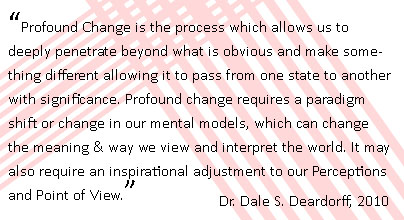


Active Listening:
Active, effective listening is a purposeful and learned habit, as well as a foundational trait of effective communication. Active listening intentionally focuses on “who” you are listening to, whether in a group or one-on-one, in order to fully understand what the other person is saying.
But how do we go about this kind of listening? How do we become active listeners?
The Active Listening RPLC Accelerated Learning Share-Module is a Team and Leader based methodology structured to introduce the key concepts thru a reading tutorial completed offline prior to a 4 hour facilitated intervention. Based on the latest brain research, it has proven again and again to increase learning effectiveness while saving time and money in the process.
As the listener, you should repeat back in your own words what they have said to their satisfaction. This does not mean you agree with, but rather understand, what they are saying.
To accomplish this requires that you need to:
- Prepare with a positive, engaged attitude where you can focus your attention on the subject
- Stop all non-relevant activities beforehand to orient yourself to the speaker or the topic
- Review mentally what you already know about the subject
- Organize in advance relevant material in order to develop it further
- Avoid distractions & seat yourself appropriately close to the speaker
- Acknowledge any emotional state and suspend emotions until later
- Passively participate unless you can control your emotions
- Set aside your prejudices and your opinions to learn what the speaker has to say
Active listening is a structured process of listening and responding that focuses the attention on the speaker. The listener must take care to attend to the speaker fully, and then repeats, in the listeners own words, what they think the speaker has said. The listener does not have to agree with the speaker but must simply state what they think the speaker said. This enables the speaker to find out whether the listener really understood.
Actively listening is the process of:
- Focusing on the person communicating
- Following and understanding the speaker
- Listening with your ears but also with your eyes and other senses
- Actively responding to questions and directions
Often, the listener is encouraged to interpret the other person’s words in terms of feelings. Thus, the active listener might add “I gather that you feel angry or frustrated or confused when”. . .[a particular situation happened]. The speaker can go beyond confirming that the listener understood what happened, but can indicate that they understand the other persons response to it.
Active listening has several benefits.
- First, it forces people to listen attentively to others.
- Second, it avoids misunderstandings, as people have to confirm that they do really understand what another person has said.
- Third, it tends to open people up, to get them to say more.
When people are in conflict, they may contradict each other, denying the other persons description of a situation. This tends to make people defensive, and they will either lash out, or withdraw and say nothing more. However, if they feel that the other person is really attuned to their concerns and wants to listen, they are likely to explain in detail what they feel and why. If both parties to a conflict do this, the chances of being able to develop a solution to their mutual problem becomes much greater.
The Michael H. Hoppe Active Listening model has gained wide-spread acceptance and is the text requirement for the RPLC Active Listening Accelerated Learning Module. Participants will read the text as a preparation to the session on their own time to get a grasping of the basics and the terminology.
Active Listening can improve your ability to listen and lead by engaging you in constructive listening and active dialog. The ability to listen well is an essential component of good leadership. You can become a more effective listener and leader by learning the skills of active listening. Working relationships become more solid, based on trust, respect, and honesty. Active listening is a critical component of the tasks facing today’s leaders.
Active listening aims to bring about changes in people. To achieve this end, it relies upon a definite technique. Active listening is not an easy skill to acquire. It demands practice. Perhaps more important, it may require changes in our own basic attitudes. These changes come slowly and sometimes with considerable difficulty, but with practice in the use of active listening they can be overcome.
What is needed?
A person, agency, government department, or institution to organize an Active Listening Accelerated Learning Share-Module, to provide a venue with audio-visual equipment, refreshments, Sharing-Module and Workshop advertising, photocopying of handouts, processing of enrolment fees, and any other administrative tasks.
For more information on cost and event booking, email
RPLC
